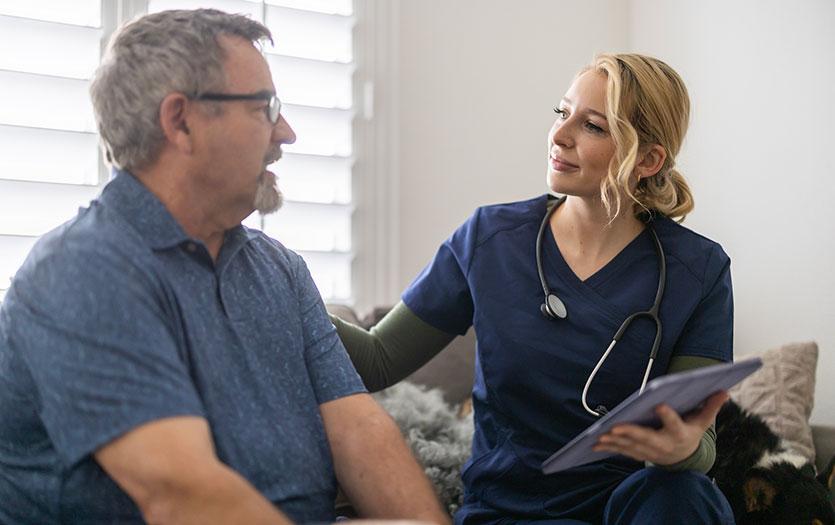
Every three years, Parkview Health sponsors a community health needs assessment (CHNA) to identify the top health priorities in the seven counties in which Parkview-affiliated hospitals exist. Sarah GiaQuinta, MD, senior vice president, Community Health and Equity, Parkview Health, provided some interesting details around how we improved the process for the 2022 assessment and what that means for the areas we serve.
Purpose
The community health needs assessment (CHNA) survey is an in-depth evaluation of the community’s current healthcare needs. The survey itself comes from IRS guidelines put in place after the Affordable Care Act. Based on these guidelines, all non-for-profit health systems are required to complete a CHNA every three years. This information allows us to better understand the needs of each community we serve and direct resources to promote health in vulnerable or high-risk populations.
Process
The 2022 CHNA was completed by the Health Services and Informatics Research (HSIR) team, a part of the Parkview Mirro Center for Research and Innovation, led by Tammy Toscos, MS, PhD, director and senior research scientist. This is the first year we have partnered with HSIR on this survey, and we were so pleased with both the quantity and quality of data they collected from community members and partner agencies.
The HSIR team worked with participants in each of the counties served by a Parkview hospital, including Allen, Noble, Wabash, Warsaw, Huntington, DeKalb, LaGrange, Kosciusko and Whitley. The process was very labor-intensive. It took a full year to plan, collect and interpret data, and compile the reports.
One of the primary goals for our team this year was to get more robust feedback from community members. In the past, we did phone surveys, which had a low participation rate. For 2022, our primary approach to data collection was an online survey that we sent out via email and MyChart. We also mailed paper surveys to households and shared it with the Amish community. In order to ensure we were capturing feedback from our families who don’t speak English, we also had community health workers conduct in-person surveys. For the first time, surveys were translated into Burmese and Spanish, which resulted in a more diverse sample population than previous years. Additionally, we distributed the survey to medical providers, nurses, not-for-profit agencies, social workers, and others connected to the needs of vulnerable populations. Community input and feedback was combined with health indicator data to identify and prioritize the top health needs for each community.
The results
These additional and more inclusive efforts for data collection paid off significantly. Participation was higher in all of the counties Parkview serves, with notable increases in special populations and across various ethnic and racial groups. Just how much higher? The last CHNA, published in 2019, had 700 community respondents. For the 2022 survey, we had 4,657 participants complete the survey. This bigger sample size means we were able to produce a more representative report for each county.
The HSIR team presented their findings to a large group of stakeholders, including Parkview leaders and clinicians, local health departments and board members. Over the course of 2 hours, attendees reviewed data and discussed the advantages and drawbacks of choosing each health concern as a priority. Ultimately, the group came to a consensus on the top health priorities to focus on for the next three years through an electronic voting process. As a health system, mental health was determined to be a priority across the Parkview service region. Each individual hospital went through a similar process to identify additional priorities for the counties they serve.
What the CHNA means for you
The biggest takeaway from this process and the results, is that your feedback matters. The information collected through these surveys will shape our health system initiatives and funding for the next three years, ensuring that we are best aligned with the needs of those we serve. For example, we now understand the different needs of our urban vs. rural populations, and we have more information to understand the unique needs of diverse populations. This data also helps Parkview build on our work from previous years so that we continue to adapt to the changing needs of our community. These insights drive support and funding for both internal and community-based programs and help our system identify and apply for grants to expand outreach.
We are so grateful for everyone’s partnership in this process, and we encourage both community members and local organizations to access our findings. It’s our hope that this data is an asset locally and helps drive positive change.



